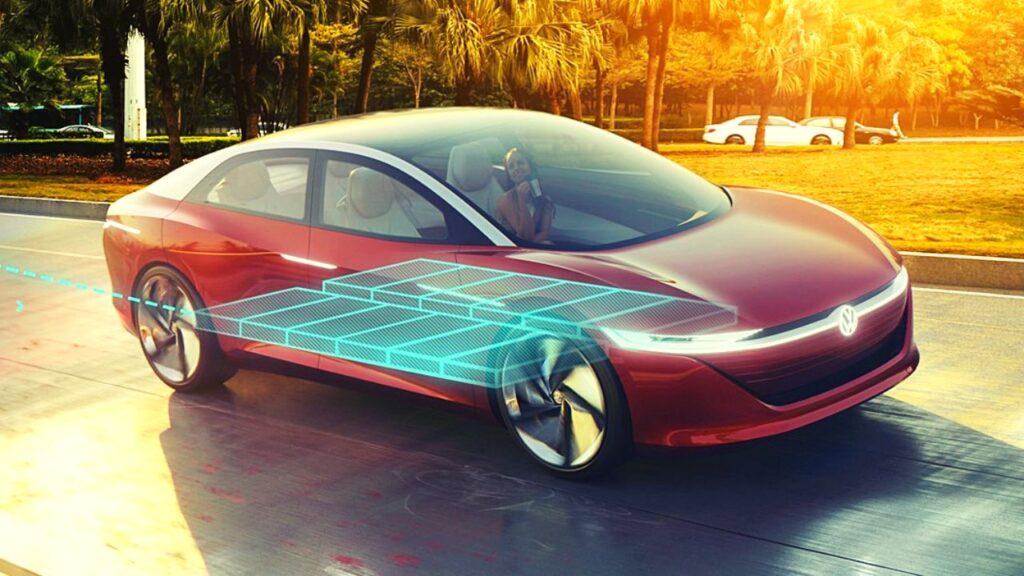Scientists from the Argonne National Laboratory and the Illinois Institute of Technology have developed a solid-state battery that can significantly expand the range of electric vehicles (EVs). Furthermore, the battery could be utilized in short-haul aircraft and heavy trucks. Although the battery is currently only available on a scale roughly the size of a dime, the scientists behind it believe it is repeatable, with results published in Science in February.
Most EVs use lithium-ion batteries, with ions flowing through an electrolyte, typically a liquid or gel. In contrast, solid-state batteries use a solid electrolyte, often ceramic. The Argonne and Illinois Tech battery is a type of lithium-air battery with an anode made of solid lithium and tiny holes in the cathode that allow air to flow in. The oxygen from the air then reacts with the lithium ions that have passed through the solid electrolyte. The electrolyte comprises a combination of ceramic and polymer materials, which are solid but still allow for the passage of ions.

Schematic shows a lithium-air battery cell consisting of a lithium metal anode, air-based cathode, and solid ceramic polymer electrolyte (CPE). On discharge and charge, lithium ions (Li+) go from anode to cathode, then back. (Image by Argonne National Laboratory.)
What makes the Argonne and Illinois Tech battery unique is that each oxygen molecule reacts with up to four electrons. In contrast, in previous lithium-air batteries, each molecule only reacted with one or two. The researchers are still exploring why this happens. Still, it appears to be due to the combination of materials, which creates an environment that encourages the oxygen to have a four-electron reaction. This development could enable batteries to power an EV for up to 1,000 miles on a single charge, three to four times more than most current EVs.
The potential uses for this technology are significant, including the development of batteries for use in maritime transport and aviation, which need vast amounts of energy, making battery packs impractical because of their substantial size and weight. While the battery could be utilized for super long-range EVs, it could also enable the development of more miniature battery packs but still substantial ranges, reducing the car’s weight and cost.
Although this is early-stage research, automakers and battery manufacturers are a few years away from releasing the first cars with solid-state batteries. Toyota intends to have a solid-state battery by 2025. However, it will be in a gas-electric hybrid rather than an all-electric vehicle. Every major automaker is working on solid-state batteries, and a few EVs with the batteries should be available on the market within the next five years.
